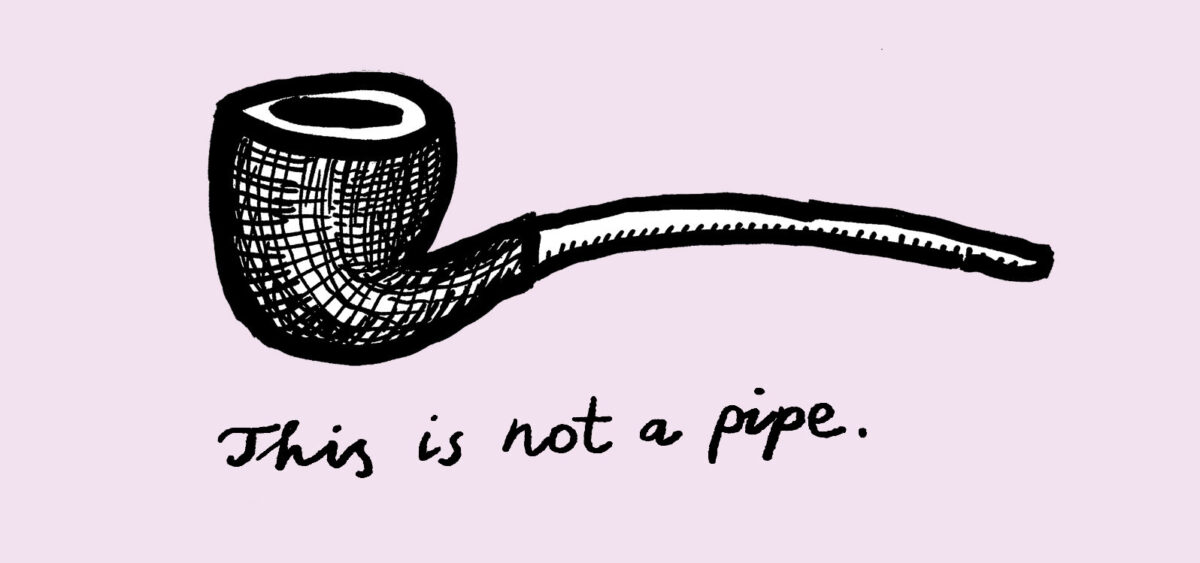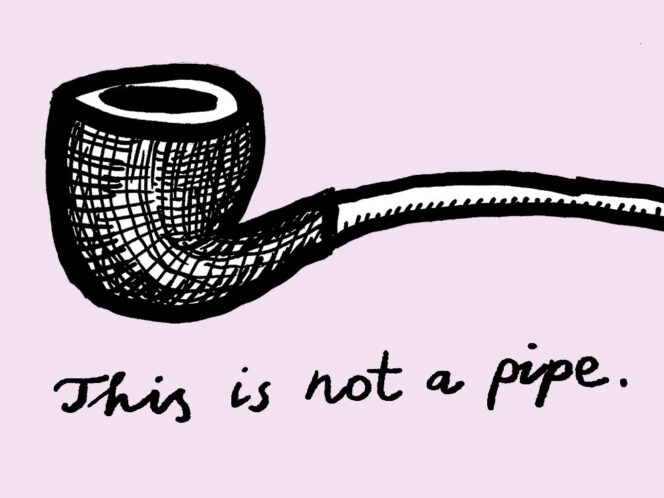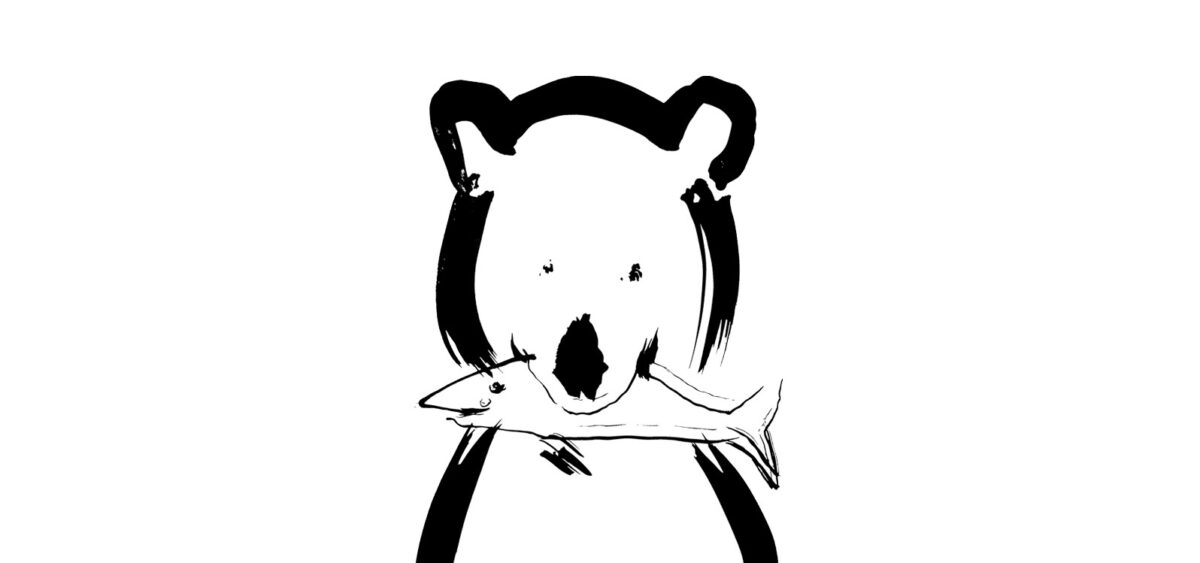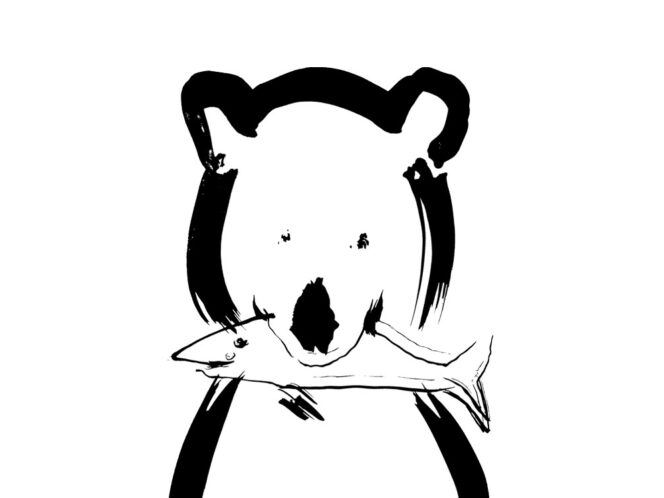
Let’s stop fooling ourselves and admit it: the human brain has had a difficult evolutionary history. And that’s why it’s constantly wanting, constantly afraid, and constantly looking. What should we do about it? Meditate.
I sit on the floor and try not to think. But the harder I try, the more thoughts gush into my head. They range from the trivial (“What will we have for breakfast”) to the more pragmatic (“When will the kids get up?) to the existential (“Is the coronavirus the end of humanity?”). Having been prepared by one of my yoga teachers, I allow myself to be gentle to my intellectual hyperactivity. I let my thoughts flow and do not assess their content. They therefore appear, summon me to take action and die a moment later, only to come full circle and return in a different, more or less compulsive form. Sometimes during those 10 minutes of morning meditation, I manage to experience a few moments of blissful suspension. Thoughtless minutes. I understand they do wonders for the mind. In the chaos of life abroad, in a large city, with two children and endless challenges, I really treasure these few minutes of tranquillity.
Over the past few years, mindfulness and meditation have been entering the mainstream. It seems that anywhere from 200 to 500








